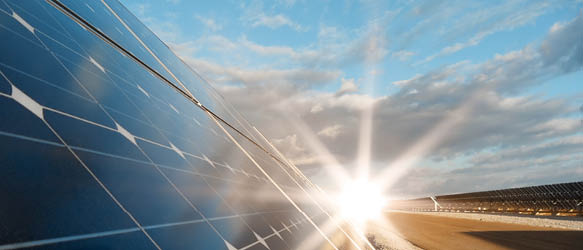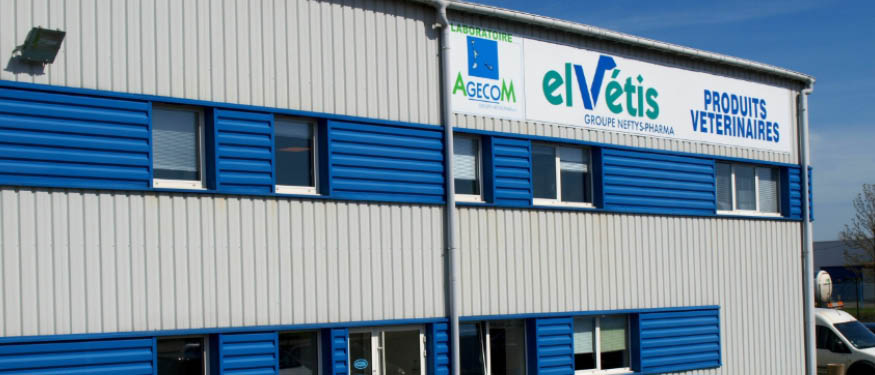Over the past decade, the Greek renewable energy market went through an accelerated expansion. AKL Law Firm Partner Kostas Fatsis, Bahas, Gramatidis & Partners Partner Nassos Felonis, Moussas & Partners Managing Partner Nicholas Moussas, and Metaxas & Associates Associate Alexandra Kornilaki delve into the primary catalysts and the sector’s outlook.
Landmark Projects
The Greek renewable energy market has experienced rapid growth, as outlined by the latest report by the International Energy Agency, according to Felonis. “At the end of 2022, Greece ranked second worldwide in potential photovoltaic penetration with a rate of 17.5%,” he notes.
“Several large renewable energy projects have been developed in Greece over the past ten years,” Kornilaki agrees. “The Kozani Solar farm, for instance, with a total capacity of 204 megawatts, is the biggest system with two-sided or bifacial panels in Europe.” Felonis and Fatsis also highlight large wind projects of the last decade in Greece – “the flagship wind farm cluster of Terna Energy in Kafireas, Evia, is expected to begin its operation at the end of this summer and represents the largest wind farm cluster in Greece, with a total installed capacity of 330 megawatts,” Fatsis says. “A complex of wind farms in Euboea Island was inaugurated recently, which is one of the largest in the country, with a total capacity of 154 megawatts,” Felonis adds, noting that “it includes seven wind farms and will be able to produce around 480 gigawatts per year.” Additionally, the Amfilochia hydro-pumped storage “is the largest grid energy storage investment in Greece with a total installed capacity of 680 megawatts in production and 730 megawatts in pumping,” according to Moussas.
A Pole of Attraction
The factors that contributed to such development are manifold. “Greece possesses several key factors that make it highly attractive for renewable project developments,” Kornilaki reports. “On the one hand, the geographical location of Greece, situated in a region known for its high solar exposure and favorable wind patterns, presents significant potential for harnessing these renewable energy sources while, on the other hand, the strategic location within the EU opens up opportunities for cross-border energy trade and collaboration.”
“The country benefits from plentiful sunlight during most days of the year, especially in its islands and southern regions, making it ideal for solar power projects,” Fatsis adds. “In addition, its significant wind potential, especially in its coastal areas and islands, makes the country suitable for the development of wind energy projects.”
In addition to the natural factors, government initiatives appear to have a substantial influence. “The Greek electricity market has undergone liberalization, and renewable energy investments have been encouraged,” Moussas points out. “The grid is undergoing significant upgrades to support the integration of large-scale renewable energy projects.”
“Greece offers stable and long-term guaranteed tariffs for renewable energy production,” Kornilaki continues. “The government has put in place policies and incentives such as feed-in tariffs, power purchase agreements, and other mechanisms that provide long-term revenue stability and attract private investment and has undertaken efforts to improve its business environment and attract foreign direct investment. Structural reforms, including simplifying licensing procedures and enhancing legal frameworks, have contributed to increased investor confidence in the country’s renewable energy sector.”
Fatsis also emphasizes state aid: “since the early stages of development of the Greek renewable energy sources market, Greek lawmakers have adopted various support mechanisms providing state aid in the form of guaranteed tariffs for the offtake of renewable energy sources production. These mechanisms provide long-term contracts and stable revenue streams for project developers, enhancing the attractiveness of renewable energy investments.” And he draws attention to the country’s effort to protect the environment and deal with climate change. “Greece’s de-carbonization plan, largely described in the latest National Plan for Energy and Climate, sets ambitious targets towards full de-carbonization by 2028,” he says. “A total investment of EUR 43.8 billion in renewable energy sources is required, while power from renewable energy sources production is to become the country’s main energy source, reaching 65% of the overall power production in 2030.”
“Moreover,” Kornilaki says, “Greece has a strong track record in renewable energy development, with operational projects demonstrating a successful and reliable energy generation. This provides a level of confidence and assurance to investors that their investments will yield expected returns.”
In High Demand
Consequently, a large number of investors have shown interest in the country: “both domestic and international investors have been actively participating in financing renewable projects in Greece,” Kornilaki says, noting that this includes institutional investors, private equity firms, and renewable energy companies. The main players in the renewables space, according to Moussas, include Mytilineos SA, Ellaktor SA, Terna Energy SA, Public Power Corporation Renewables SA, Enel Green Power, and ELPE Renewables.
Kornilaki and Moussas say the country has drawn interest from development banks and financial institutions as well with Kornilaki pointing to “multilateral development banks, such as the European Investment Bank (EIB) and the European Bank for Reconstruction and Development (EBRD), having provided financing for renewable projects in Greece.” Similarly, “according to publicly available information, the EIB backs PPC Renewables’ three photovoltaics parks of a total capacity of 230 megawatts in Kozani in Western Macedonia,” Moussas notes. “The EIB loan is backed by an EU budget guarantee under the InvestEU program.” Additionally, he notes, “the EBRD supports the Kozani Solar Park with a total installed capacity of 204 megawatts by investing EUR 75 million in the successful Eurobond tap issuance by Hellenic Petroleum.”
Lastly, Fatsis highlights that Greece benefits from various funding opportunities through EU programs: “funds such as the European Green Deal, the Recovery and Resilience Facility, and the European Structural and Investment Funds provide financial support for RES projects, fostering their development in the country,” with Felonis adding that “thanks to The National Recovery and Resilience Facility Greece 2.0., adopted in 2021 in Greece, financing for investments in the Green Energy Sector is available mainly through loans which are long-term (up to 15 years), with a very low interest rate.”
Powering the Future
Considering all these factors, the outlook regarding the prospectus of the Greek renewable energy market looks positive. “It seems that 2023 will be a landmark year for the Greek energy market,” Moussas notes. “The energy crisis has reinforced Greece’s geopolitical role and highlighted its potential to become an energy hub in Europe through future transport of natural gas, LNG, electricity, and hydrogen from three different regions: the Caspian Sea, the Middle East, and North Africa. In addition, Greek refineries are accelerating their green transformation and there is an undeniable focus on renewable energy.”
“The green energy sector in the next five years will grow even more and more rapidly and the anticipated investments in Greece for the 2021-2030 decade will exceed EUR 20 billion,” Felonis further notes.
“Overall, with supportive policies, advancing technologies, improved grid integration, and international cooperation, Greece is well-positioned to expand its renewable energy capacity and accelerate its transition towards a sustainable and low-carbon energy system,” Kornilaki concludes.
This article was originally published in Issue 10.6 of the CEE Legal Matters Magazine. If you would like to receive a hard copy of the magazine, you can subscribe here.
















